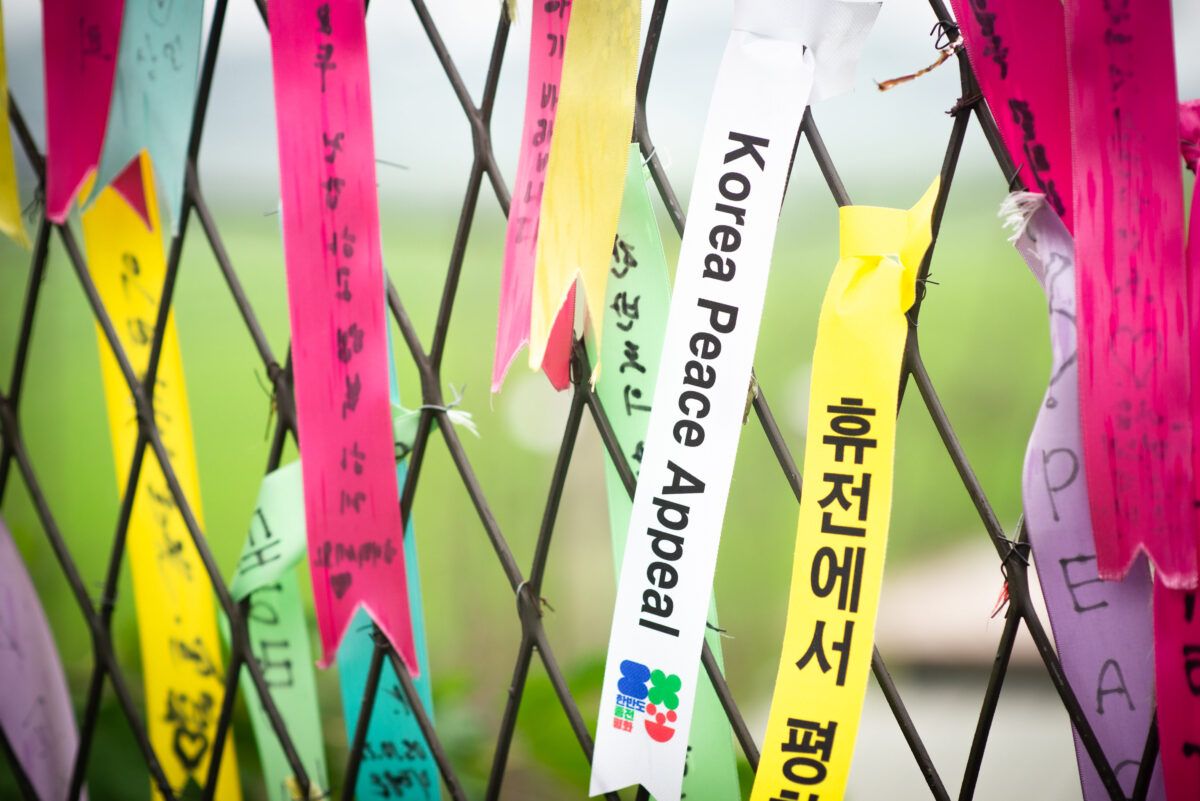Ahead of the 70th Anniversary of the Korean War Armistice in 2023
Written by Sooyoung Hwang: Manager, Center for Peace and Disarmament, PSPD Secretary General, Korea Peace Appeal Campaign
Not long ago, there was an accident in which a South Korean missile fell into a military unit in Gangneung, a city in the east of South Korea. The missile fired by the South Korean military in response to North Korea’s ballistic missile launch was mistakenly dropped during an abnormal flight. The explosion and fire left residents in a state of anxiety all night. As North Korea’s missile crossed the South Korea’s NLL(Northern Limit Line) and fell into the open sea, an air raid warning was issued for the first time on Ulleungdo, a small island in the east sea. Many military experts said the missile was likely a “fault.” Residents living in Gunsan, where USFK air base is located, continuously say, “It’s too loud to live here.” Because a large-scale ROK-US combined air force exercise ‘Vigilant Storm’ was conducted last november. It was a military exercise mobilizing 250 aircrafts including F-35A fighter jets of South Korean army and USFK, and F-35B fighter jets of USFJ to strike hundreds of strategic locations in North Korea simultaneously.
Continue reading “Peace Is Possible, If We Want It”
